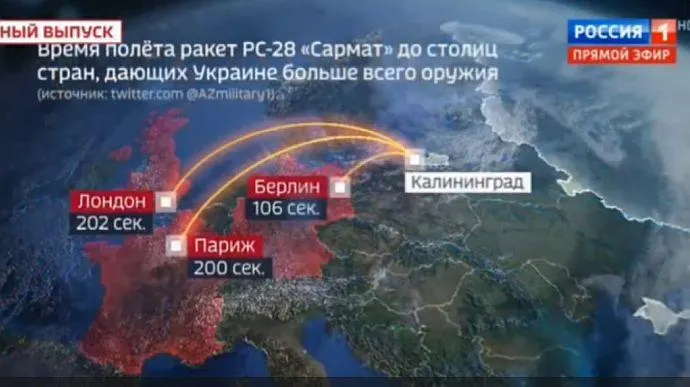EDIT TO ADD: is it definitely confirmed that D5 can carry 12 W76? I've seen it reported both ways. I assume some confusion is due to the W88 being an option and also reported as having up to eight warheads per bus, despite being a significantly larger RV. But I've never seen it definitely settled either way.
I don't think you're going to find an official confirmation of the capability, if it exists. It's a bit of a touchy subject because there is a potential treaty compliance problem, with the missile officially counted as having a maximum load of 8. In the 1990s, the Russians gave the US a hard time about this, as they thought they had circumstantial evidence to suggest it could in fact carry 12. In one instance, they suspected the shroud during inspection could geometrically hide more than 8, in another they intercepted telemetry from a British launch that indicated up to 12 (simulated) warheads. Now, the UK (not being party to the START treaty series) would be entirely within its rights to fit more than 8, of course. Since it doesn't even own a separate missile fleet but draws from the same pool as the USN, the implications are obvious, however.








